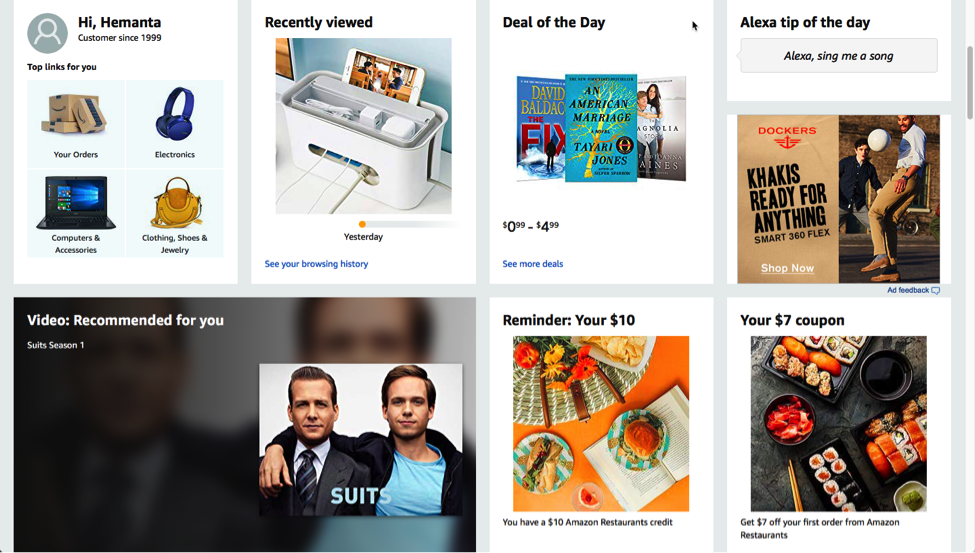In B2C industries such as credit card banking, the real power of recommendation engines lies in enabling the personalization of offers on a large scale. The ability to match the perfect merchant offer with the right customer at the right time can result in unprecedented returns on your marketing investments. It allows you to push for higher frequency and yield of customer transactions.

What’s more, a recommendation system combined with the power of the mobile channel allows you to provide more timely and relevant offers such as location-based offers (ie available merchant promos near you) or flash sales that are tailored to their preferences or key events such as birthdays or holidays.
How do recommendation engines work?
Recommendation engines typically use one or a combination of the following methods:
- Content-based – makes recommendations based on the similarity of item attributes or keywords that describe the item (e.g. “other steak restaurants you might enjoy” or “clothes from the same designer”, or “fine dining in Singapore”)
- Collaborative Filtering - makes automatic predictions (filtering) based on the past behavior or preferences of other users similar to the target customer (collaborating)
For a leading bank in Sri Lanka, we used a collaborative filtering model to recommend merchant offers for their credit card customers. Using large amounts of past transaction data for card usage across various merchant categories our model predicts merchant categories that a particular customer might enjoy. Adjustments were made to promote the discovery of new merchants and offers by suppressing popular items and including long tail rules. To see a summarized version of the scenario in discussion along with a shortened version of the working code, please have a look at our notebook on recommendations using machine learning to improve customer CLV. To get a detailed view of the code, you may want to have a look at our GITHUB code repository.

Recommendation engines present an exciting opportunity for bank marketers who are seeking ways to drive exponential gains in marketing outcomes. For more information on how to get started, contact Just Analytics.


